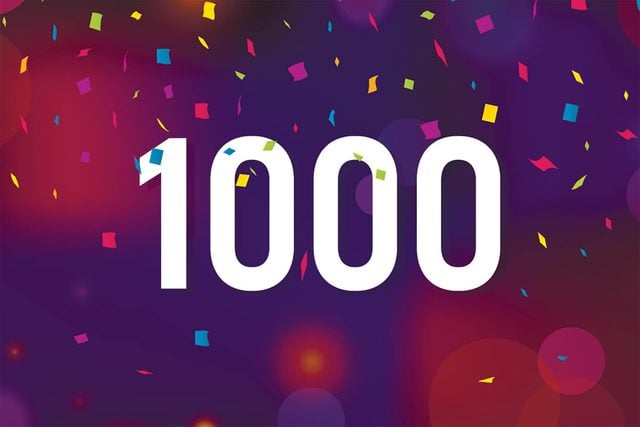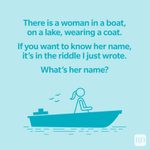You Can Spell Every Number Up to 1,000 Without This Common Letter
Mind = blown!
Imagine someone writing out the numbers one through 1,000—the word forms, not the numbers. One, two, three, four…and so on. Eventually, this person might start to notice the conspicuous absence of one letter—the second most common letter in English, no less. It wouldn’t be until this person reached 1,000 that they would finally write the letter A.
It’s the first letter in our alphabet, second only to E in number of appearances in the Concise Oxford English Dictionary, and yet A is nowhere to be found in the English spellings of the first 999 numbers. Every other vowel appears (yes, including Y). Not to mention, our hypothetical number-writer would have written the uncommon letter “X” more than two hundred times while writing those same numbers, thanks to six, sixteen, and sixty. (Yep, English is weird—especially when it comes to the 20 most confusing grammar rules in the English language.)
Of course, this absence-of-A factoid is only true if you count without the “and”s (as in “one hundred and one, one hundred and two…”). If you use just the numeral words, none of them contains the letter A.
Still don’t believe us? Think about it: there’s no “A” in the numbers one through nineteen. Nor is there an “A” in any multiple of ten (twenty, thirty, forty…) or the word “hundred.” And there you have it: Those are all the words you need to spell the first 999 numbers on the number line. Not a single one contains an A! Finally, once you get to 1,000, it finally makes an appearance: one thousAnd.
“A” might not show up in any numbers smaller than four digits, but it is the most common letter—by far—that appears in U.S. state names. Now you can learn the only letter that doesn’t appear in any state name.



